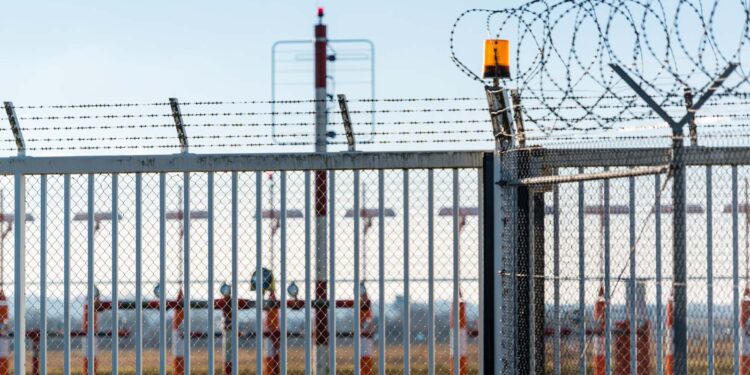Business Aviation Ops to Military Airports in India – Part 2: Operations, Fuel, and Services

This business aviation blog post continues from our article last week entitled “Business Aviation Ops to Military Airports in India – Part 1: Access & CIQ.”
When operating to any military airfield in India, it’s imperative to confirm aircraft parking status well in advance. Be aware that your operational flexibility may be somewhat restricted as active military operations and exercises are always given first priority.
The following is an overview of what you need to know when operating to a military airport in India:
1. Operating hours, restrictions, and airport slots
Military airports in India have specific operating hours. In many cases overtime is possible, but additional charges apply. Be mindful that operating restrictions and assorted curfews may occur during times of heavy military activity or exercises. Some military airfields require airport slots, and these slots usually have a deviation of + one hour. Permit revisions are needed if you miss a slot time. If you’re delayed en route, it’s important to contact your 3rd-party provider or ground handler as soon as possible so that they can organize a permit revision with military airport authorities.
2. Aircraft parking availability
Aircraft parking availability varies depending on the particular military airfield. Agra (VIAG) and Port Blair (VOPB), for example, usually allow general aviation aircraft to park overnight. Other military airports, however, may deny parking unless the MTOW is under 33,000 lbs. (15,000 kg). Jodhpur (VIJO), a joint-use civil-military airfield, usually approves overnight parking if a parking bay is available. In the case of Goa (VOGO), overnight aircraft parking is normally approved so long as your aircraft departs before 0830 local the next morning. Depending upon the particular restrictions in place, you may want to drop off/pick up passengers and reposition to a civilian airport.
3. Service availability
Military airports in India, with commercial traffic, normally have a range of Ground Support Equipment (GSE) available. If you require a specific piece of GSE equipment for an operation, your ground handler will coordinate sourcing it from a nearby airport, and additional charges will apply. Towbars are always necessary when operating to India. If you don’t have a towbar onboard, your ground handler will need to arrange one for an additional fee.
4. Aviation fuel considerations
Jet A fuel is available at military airports with commercial activity. If the particular airport you’re visiting does not have commercial airline activity, you may need to make arrangements to bring in Jet A fuel. For operations to military airports without Jet A fuel, uplifts should be requested at least two business days in advance. Major aviation fuel cards and consumer credit cards are accepted at certain locations, such as VIAG. There’s also the option, with prior arrangement, of having your ground handler extend credit and bill you later for the fuel uplift.
5. Operational considerations
Some military airports do not have airport charts published in the public domain. Charts for these airfields can be obtained by your ground handler. Be sure to confirm arrangements for all required ground services well in advance, and always review applicable operating restrictions. Note that no outside transport will be allowed airside, and no exceptions are permitted. All Indian airports, including military airfields, are controlled by the military and very secure. There’s no option available to obtain private airside security for your aircraft. Note that Indian military airports may be used as alternates, for flight planning purposes, and are available for tech stops.
6. Additional considerations
In-flight catering at military airfield locations must be obtained off-airport. Your ground handler will arrange to have this brought through security. Be aware that it can be difficult, and time-consuming, to return to your aircraft prior to the day of departure. Customs will seal your aircraft after landing, and access to the aircraft after clearance is not guaranteed. There are usually exceptions, however, in cases of mechanical issues. Additional steps must be considered if you plan to bring pets or guns to a military airport. Approval, in advance, must always be obtained. For onboard animals a health certificate is needed, and this must be forwarded in advance. Be mindful that your pet may be permitted into one airport but may experience issues down the line as it’s up to each individual airport authority to approve/disapprove pets and/or weapons.
Conclusion
While military airports in India offer relatively good operational flexibility, there are occasional curfews and aircraft parking restrictions to consider. In some cases it may be best to reposition your aircraft to a civilian airport after dropping off passengers. There is always potential for aircraft parking limitations and delayed departure as a result of local military activity.
Questions?
If you have any questions about this article, contact Christine Vamvakas at christinevamvakas@univ-wea.com.




